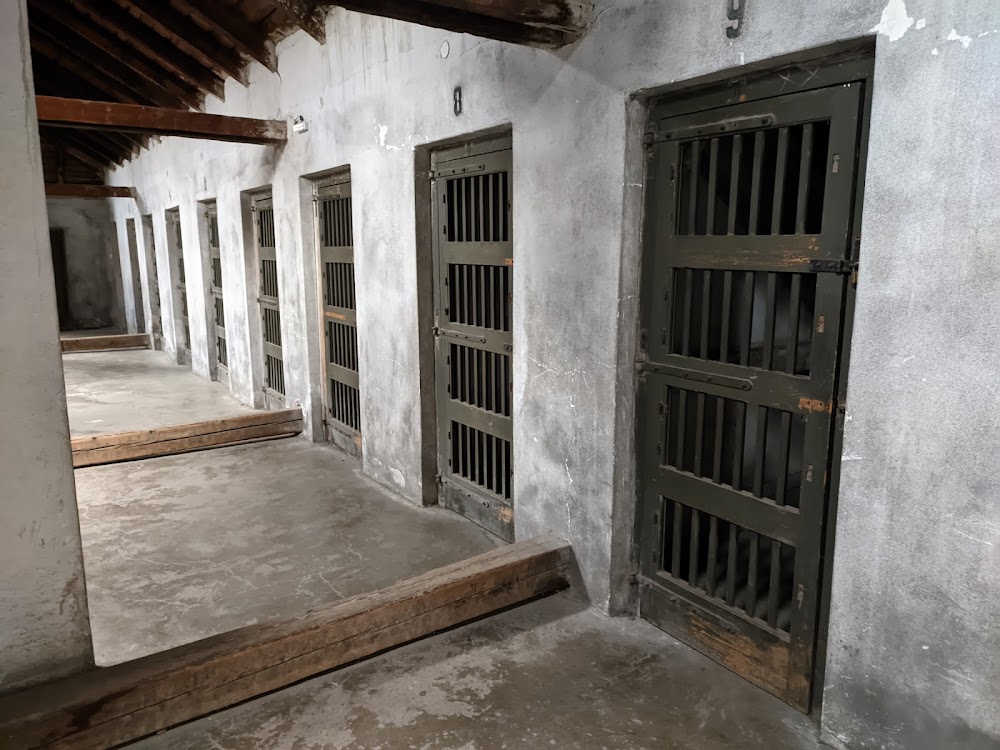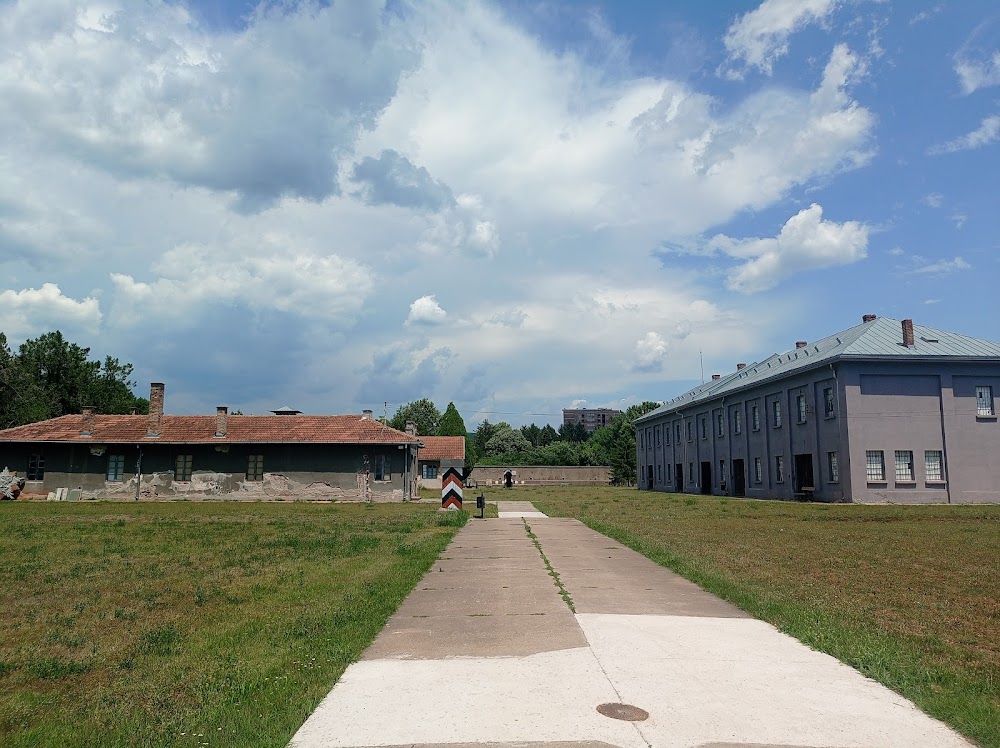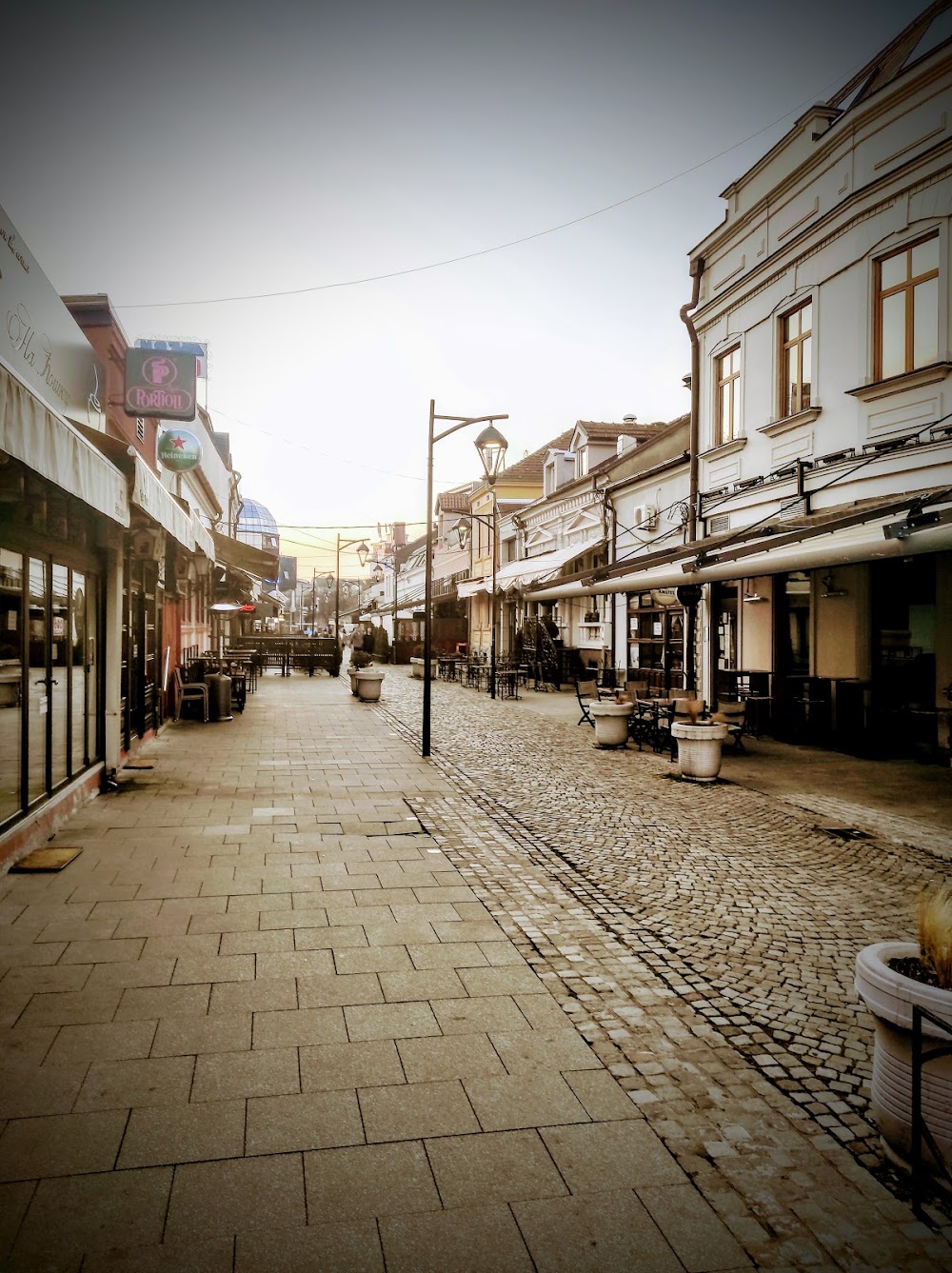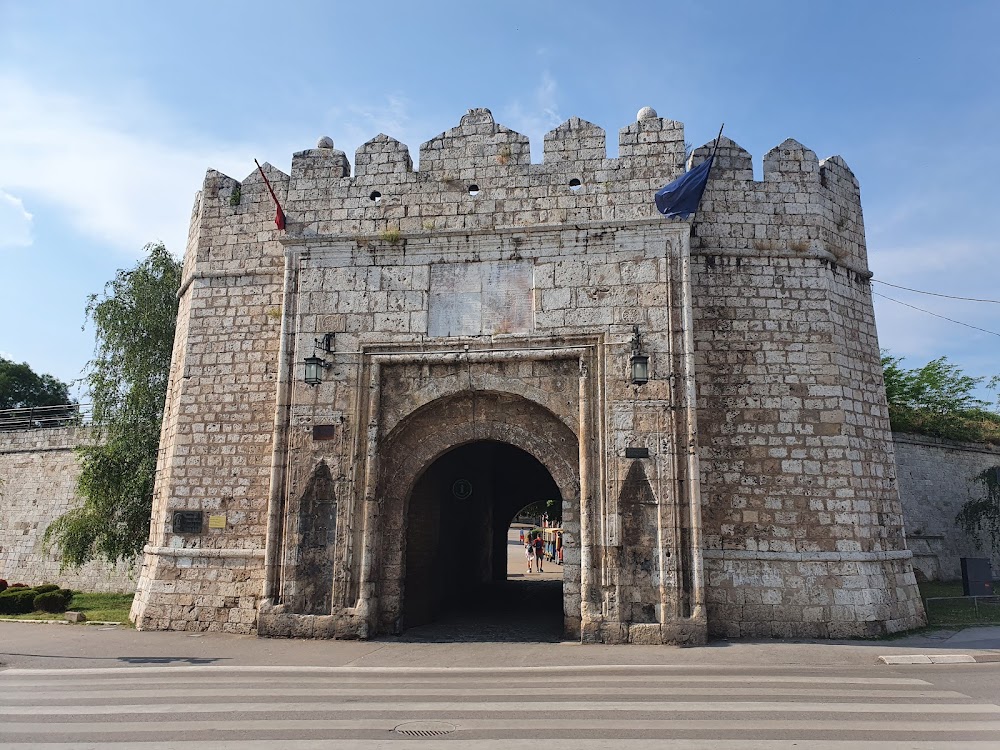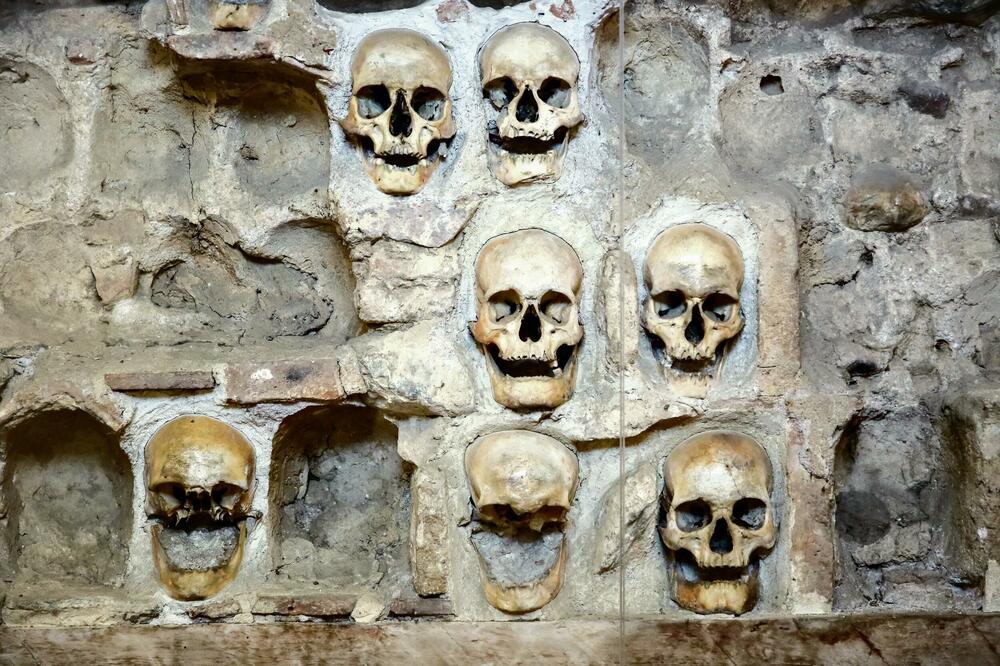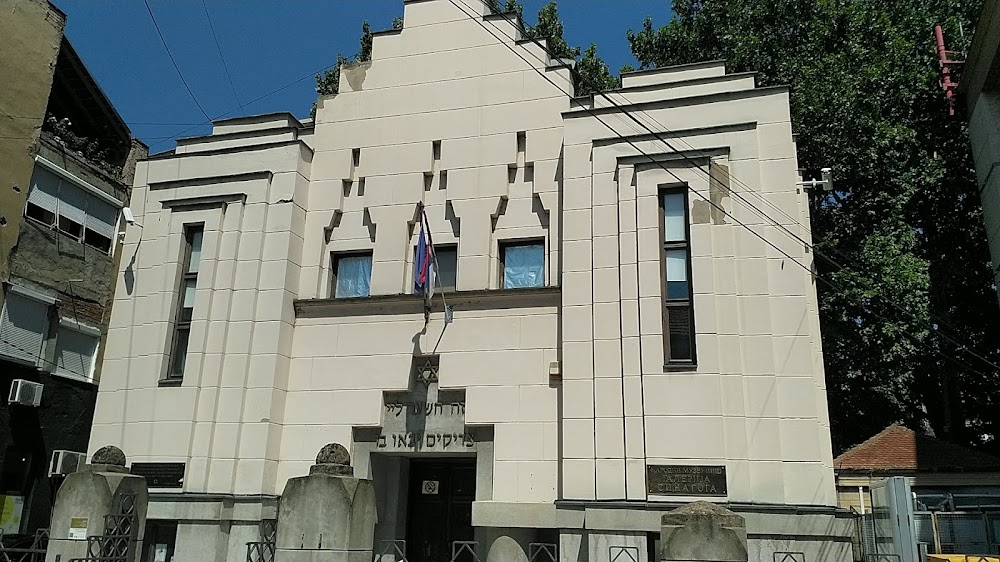Niš Concentration Camp (Logor Crveni Krst)
Related Places
Overview
The Nazi concentration camp known as **“Red Cross” (Crveni Krst)** was located in the city of **Niš**, within the **Nišava District of Serbia**. Established by the **Gestapo** in September 1941, its origins lie in the Axis occupation of Yugoslavia during World War II. The site was strategically chosen due to its advantageous location and the presence of existing Red Cross buildings, which were repurposed for far graver uses.
The camp was constructed hastily, utilizing local labor under the watchful eyes of German forces. Barbed wire fences enclosed the area, while strategically placed watchtowers allowed for constant surveillance. Makeshift barracks were erected to house prisoners, often damp and cold, while the main buildings, originally intended for humanitarian aid, were swiftly transformed into administration and torture chambers.
**Inhabitants of the Camp:** Primarily, the camp held political prisoners, resistance fighters, Communists, Jews, and Romani people. Life within the camp was brutal, characterized by severe overcrowding, scarce food supplies, and frequent abuse. Detainees endured inhumane conditions, suffering from widespread disease and malnutrition.
The camp gained notoriety for its harsh treatment of inmates and the frequent executions that took place. Prisoners were often shot on the adjacent **Bubanj Hill**, and mass graves became a grim reality. Bubanj Hill later evolved into a significant memorial site honoring these victims, serving as a poignant reminder of their suffering.
Despite the relentless oppression, the camp was not without acts of bravery. One notable event occurred in February 1942, when approximately **147 prisoners** orchestrated a mass escape after seizing weapons from the guards. This courageous act, though costly in terms of lives lost, symbolizes the enduring spirit and resistance of those imprisoned and is regarded as one of the most significant breakouts in the region during the war.
The **Red Cross** camp continued its horrific operations until the liberation of Niš in 1944 by Yugoslav Partisans and the Red Army. In the aftermath of the war, the camp’s distressing legacy began to transform into a somber reminder of wartime atrocities.
Today, the site is preserved as a **museum and memorial complex**, known as the **12th February Memorial Complex**, commemorating the date of the famous mass escape. The museum's exhibits include personal belongings of prisoners, documents, photographs, and various artifacts that narrate the camp's history. Most of the original structures have been preserved to maintain the site's historic integrity.
The museum plays a vital role in educating visitors, especially younger generations, about the horrors of totalitarian regimes and the resilience of the human spirit in the face of such tremendous odds. It represents a historical chapter that continues to shape the collective memory and identity of Niš and Serbia.
In summary, the **"Red Cross" concentration camp** stands as both a haunting relic of Nazi oppression and a beacon of resistance. Its establishment and operation were rooted in tragic exploitation, yet its legacy now serves as a powerful reminder of the past and a clarion call for vigilance against such inhumanity in the future.


